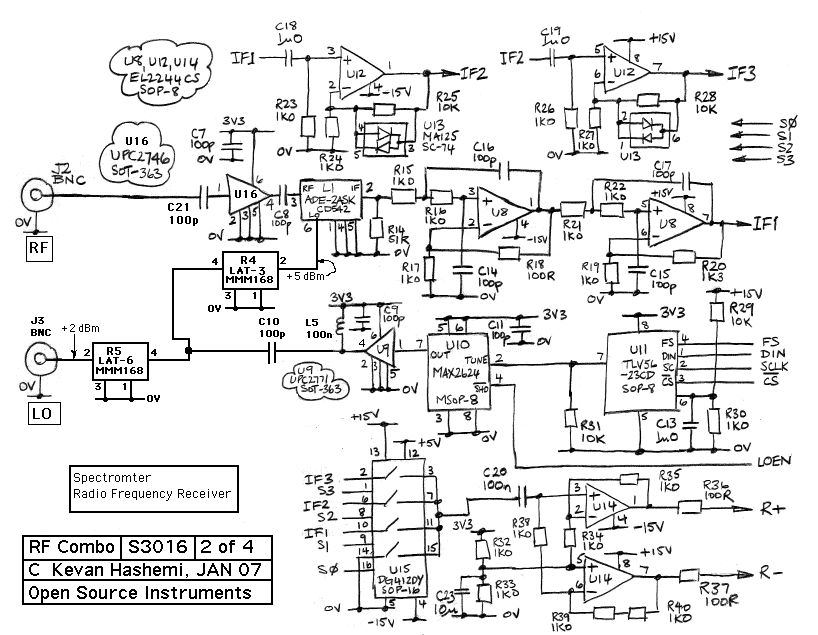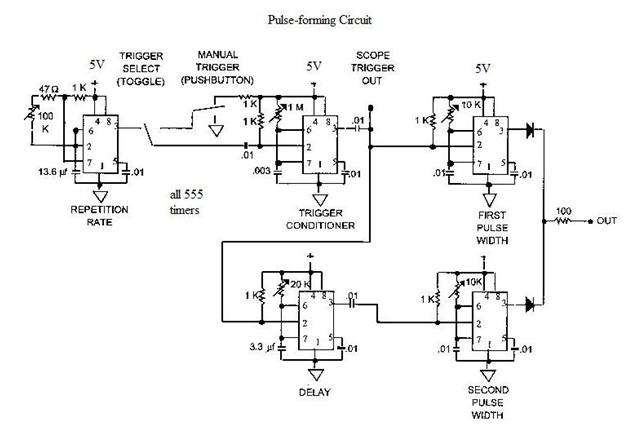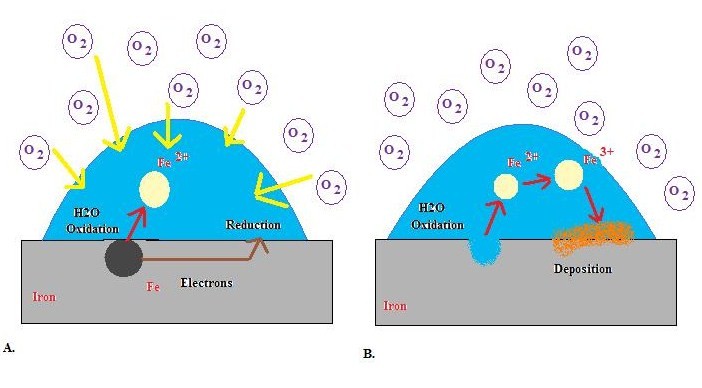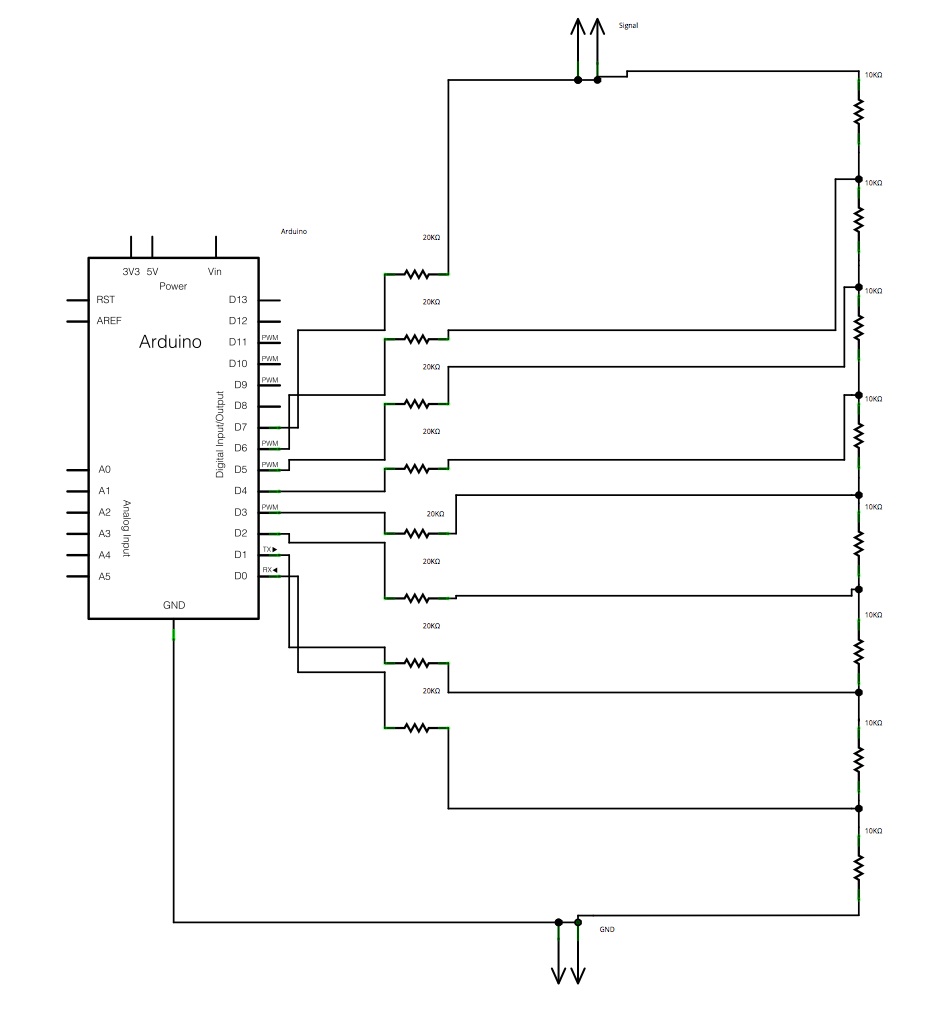
RF Spectrometer

The A3008, when connected to the LWDAQ Multiplexer, may generate erroneous messages in the Data Receiver (A3018). To mitigate the rate of bad messages, set the A3008's local oscillator to either its minimum (DAC count 0) or maximum (DAC count 255) frequency. Ideally, disconnect the A3008 when it is not in use. The RF Spectrometer (A3008) measures RF power within 3-MHz bandwidths between 850 MHz and 1100 MHz. By connecting the A3008’s RF input to an antenna, it can assess the power spectrum of incoming RF signals at the antenna with a resolution of 1 MHz and a sensitivity of 10 pW (−80 dBm). The A3008 can measure both average and peak power. For assistance with radio-frequency terminology, refer to the available presentation. As a LWDAQ device, the A3008 interfaces with the LWDAQ software's RFPM Instrument (radio frequency power meter) to obtain RF power measurements, while the Spectrometer Tool compiles these measurements into graphical form. The A3008 enables the measurement of ambient radio frequency power in the range of 875 MHz to 1050 MHz, allowing the selection of a 20-MHz wide band free from interference for the operation of the Subcutaneous Transmitter (A3009). It can also measure the power received by an antenna from such transmitters, even if the transmitters are active only for 7 seconds out of every 2000 seconds. The combination of the A3008 and the RFPM instrument allows for the measurement of peak power rather than average power, enabling the detection of power bursts from transmitters. The A3008 utilizes an eight-bit DAC to adjust the TUNE input of a MAX2624 VCO; as the DAC values range from 0 to 255, the VCO output frequency increases from approximately 850 MHz to 1050 MHz. The RF input of the A3008 is amplified and directed to a mixer, where it is downshifted by the VCO frequency. The resulting intermediate frequency (IF) is low-pass filtered with a cutoff frequency of 1.5 MHz. The power at the output of the low-pass filter is proportional to the power at the A3008's RF input within a 3-MHz wide frequency window centered on the VCO frequency. All versions of the A3008 exhibit a +0.4 MHz/°C frequency shift with ambient temperature, resulting from the VCO frequency changing by −0.4 MHz/°C. The firmware P3008A01.abl for the A3008A experiences calibration drift during continuous spectral measurements. The VCO heats up during use but cools down when inactive. Firmware version P3008A02.abl for the A3008A addresses this issue by keeping the VCO powered continuously, allowing it to reach thermal equilibrium. A warm-up period of several minutes is necessary for the spectrometer to achieve this equilibrium. The A3008B features a READY light that flashes after power-up until the warm-up period is complete. The A3008 comprises a simple circuit that does not utilize complex components, apart from the programmable logic chip responsible for communication with the data acquisition system. The A3008A and A3008B differ in several aspects, leading to distinct schematics for each version. S3008A_2 includes the antenna amplifier, mixer, low-pass filter, IF amplifiers, gain selector, local oscillator, local oscillator control, calibration oscillator, and calibration frequency SAW filters. S3008B_2 features the antenna amplifier, mixer, low-pass filter, IF amplifiers, gain selector, local oscillator, local oscillator control, calibration splitter, and calibration socket. The A3008 amplifies its RF input by 18 dB and routes it to a frequency mixer for downshifting. The mixer’s local oscillator signal is derived from a MAX2624, with its output frequency determined by the TUNE input. The IF output from the mixer is processed through a 1.6 MHz low-pass filter, resulting in a filtered IF signal that represents the downshifted RF frequencies within 1.6 MHz of the local oscillator frequency. For instance, if the local oscillator frequency is set to 950 MHz, any RF signal within the frequency range of 950 MHz ± 1.6 MHz will be processed accordingly.
The A3008 serves as a crucial component in RF signal analysis and measurement systems. Its capability to accurately measure RF power across a specified frequency range makes it an invaluable tool for applications requiring precise RF monitoring. The integration with LWDAQ software enhances its functionality, allowing for the visualization and analysis of RF data in real-time. The design considerations, such as the implementation of the MAX2624 VCO and the low-pass filtering stage, are pivotal in ensuring signal integrity and measurement accuracy. Moreover, the calibration mechanisms incorporated in the firmware versions demonstrate a commitment to maintaining performance consistency under varying operational conditions. The distinct differences between the A3008A and A3008B versions highlight the adaptability of the design to meet diverse application requirements while maintaining a straightforward operational framework. Overall, the A3008 embodies a robust solution for RF power measurement, providing essential features for both laboratory and field applications.The A3008, when plugged into the same LWDAQ Multiplexer, can create bad messages in a Data Receiver ( A3018 ). Set the A3008 local oscillator to its minimum (DAC count 0) or maximum (DAC count 255) frequency to reduce the bad message rate.
Even better: unplug the A3008 when you`re not using it. The RF Spectrometer (A3008) measures RF powe r in 3-MHz windows between 850 MHz and 1100 MHz. If you connect the A3008`s RF input to an antenna, the A3008 will measure the power spectrum of RF signals arriving at the antenna with 1-MHz resolution and sensitivity 10 pW ( ’80 dBm). You can use the A3008 to measure average power or peak power. If you would like some help with radio-frequency jargon, see our presentation of Terminology. The A3008 is a LWDAQ device. The LWDAQ software `s RFPM Instrument (radio frequency power meter) obtains RF power measurements from the A3008 and the Spectrometer Tool gathers these power measurements together into a graph.
The A3008 allows us to measure the ambient radio frequency power in the 875 MHz to 1050 MHz range, so that we can choose a 20-MHz wide band free of interference in which to operate our Subcutaneous Transmitter ( A3009 ). We can also use the A3008 to measure the power received by an antenna from such transmitters, even though the transmitters are active for only 7 s out of every 2000 s.
The A3008, combined with the RFPM instrument, allow us to measure peak power received rather than average power, and this peak power will detect the bursts of power from our transmitters. The A3008 uses an eight-bit DAC to set the TUNE input of a MAX2624 VCO. For DAC values 0 to 255, the VCO output frequency increases from roughly 850 MHz to 1050 MHz. The A3008`s RF input is amplified and passes into a mixer, where it is downshifted by the VCO frequency.
The resulting IF is low-pass filtered with cut-off frequency 1. 5 MHz. The power present at the output of the low-pass filter is proportional to the power present at the A3008`s RF input in a 3-MHz wide frequency window centered upon the VCO frequency. All version of the A3008 suffer from a +0. 4 MHz/ °C shift in measured frequency with ambient temperature. This shift occurs as the VCO frequency changes by ’0. 4 MHz/ °C. Firmware P3008A01. abl for the A3008A suffers from calibration drift as you take continuous spectra. The VCO warms up as you use it, but cools down when you don`t. Firmware version P3008A02. abl for the A3008A solves this problem by leaving the VCO on all the time, so it reaches thermal equillibrium.
But you must let the spectrometer warm up for a few minutes to allow it to reach this equillibrium. The A3008B provides a READY light that flashes after power-up until the warm-up period has expired. The A3008 is a simple circuit. It uses no sophisticated components, other than the programmable logic chip that does the job of communicating with our data acquisition system. The A3008A and A3008B differ in several respects, as described below. The two versions have enough circuit differences that they have separate schematics. S3008A_2 : The antenna aplifier, mixer, low-pass filter, IF amplfiers, gain selector, local oscillator, local oscillator control, calibration oscillator, and calibration frequency SAW filters.
S3008B_2 : The antenna aplifier, mixer, low-pass filter, IF amplfiers, gain selector, local oscillator, local oscillator control, calibration splitter and calibration socket. The A3008 amplifies its RF input by 18 dB and feeds it into a frequency mixer for downshifting. The mixer`s LO signal comes from a MAX2624, whose output frequency is set by its TUNE input, as shown in the figure below.
The IF output from the mixer passes through a 1. 6 MHz low-pass filter. The filtered IF signal is the downshifted version of the RF frequencies within 1. 6 MHz of the LO frequency. Example: If the LO frequency is 950 MHz, then any RF signal whose frequency is in the range 950 ± 🔗 External reference
The A3008 serves as a crucial component in RF signal analysis and measurement systems. Its capability to accurately measure RF power across a specified frequency range makes it an invaluable tool for applications requiring precise RF monitoring. The integration with LWDAQ software enhances its functionality, allowing for the visualization and analysis of RF data in real-time. The design considerations, such as the implementation of the MAX2624 VCO and the low-pass filtering stage, are pivotal in ensuring signal integrity and measurement accuracy. Moreover, the calibration mechanisms incorporated in the firmware versions demonstrate a commitment to maintaining performance consistency under varying operational conditions. The distinct differences between the A3008A and A3008B versions highlight the adaptability of the design to meet diverse application requirements while maintaining a straightforward operational framework. Overall, the A3008 embodies a robust solution for RF power measurement, providing essential features for both laboratory and field applications.The A3008, when plugged into the same LWDAQ Multiplexer, can create bad messages in a Data Receiver ( A3018 ). Set the A3008 local oscillator to its minimum (DAC count 0) or maximum (DAC count 255) frequency to reduce the bad message rate.
Even better: unplug the A3008 when you`re not using it. The RF Spectrometer (A3008) measures RF powe r in 3-MHz windows between 850 MHz and 1100 MHz. If you connect the A3008`s RF input to an antenna, the A3008 will measure the power spectrum of RF signals arriving at the antenna with 1-MHz resolution and sensitivity 10 pW ( ’80 dBm). You can use the A3008 to measure average power or peak power. If you would like some help with radio-frequency jargon, see our presentation of Terminology. The A3008 is a LWDAQ device. The LWDAQ software `s RFPM Instrument (radio frequency power meter) obtains RF power measurements from the A3008 and the Spectrometer Tool gathers these power measurements together into a graph.
The A3008 allows us to measure the ambient radio frequency power in the 875 MHz to 1050 MHz range, so that we can choose a 20-MHz wide band free of interference in which to operate our Subcutaneous Transmitter ( A3009 ). We can also use the A3008 to measure the power received by an antenna from such transmitters, even though the transmitters are active for only 7 s out of every 2000 s.
The A3008, combined with the RFPM instrument, allow us to measure peak power received rather than average power, and this peak power will detect the bursts of power from our transmitters. The A3008 uses an eight-bit DAC to set the TUNE input of a MAX2624 VCO. For DAC values 0 to 255, the VCO output frequency increases from roughly 850 MHz to 1050 MHz. The A3008`s RF input is amplified and passes into a mixer, where it is downshifted by the VCO frequency.
The resulting IF is low-pass filtered with cut-off frequency 1. 5 MHz. The power present at the output of the low-pass filter is proportional to the power present at the A3008`s RF input in a 3-MHz wide frequency window centered upon the VCO frequency. All version of the A3008 suffer from a +0. 4 MHz/ °C shift in measured frequency with ambient temperature. This shift occurs as the VCO frequency changes by ’0. 4 MHz/ °C. Firmware P3008A01. abl for the A3008A suffers from calibration drift as you take continuous spectra. The VCO warms up as you use it, but cools down when you don`t. Firmware version P3008A02. abl for the A3008A solves this problem by leaving the VCO on all the time, so it reaches thermal equillibrium.
But you must let the spectrometer warm up for a few minutes to allow it to reach this equillibrium. The A3008B provides a READY light that flashes after power-up until the warm-up period has expired. The A3008 is a simple circuit. It uses no sophisticated components, other than the programmable logic chip that does the job of communicating with our data acquisition system. The A3008A and A3008B differ in several respects, as described below. The two versions have enough circuit differences that they have separate schematics. S3008A_2 : The antenna aplifier, mixer, low-pass filter, IF amplfiers, gain selector, local oscillator, local oscillator control, calibration oscillator, and calibration frequency SAW filters.
S3008B_2 : The antenna aplifier, mixer, low-pass filter, IF amplfiers, gain selector, local oscillator, local oscillator control, calibration splitter and calibration socket. The A3008 amplifies its RF input by 18 dB and feeds it into a frequency mixer for downshifting. The mixer`s LO signal comes from a MAX2624, whose output frequency is set by its TUNE input, as shown in the figure below.
The IF output from the mixer passes through a 1. 6 MHz low-pass filter. The filtered IF signal is the downshifted version of the RF frequencies within 1. 6 MHz of the LO frequency. Example: If the LO frequency is 950 MHz, then any RF signal whose frequency is in the range 950 ± 🔗 External reference


